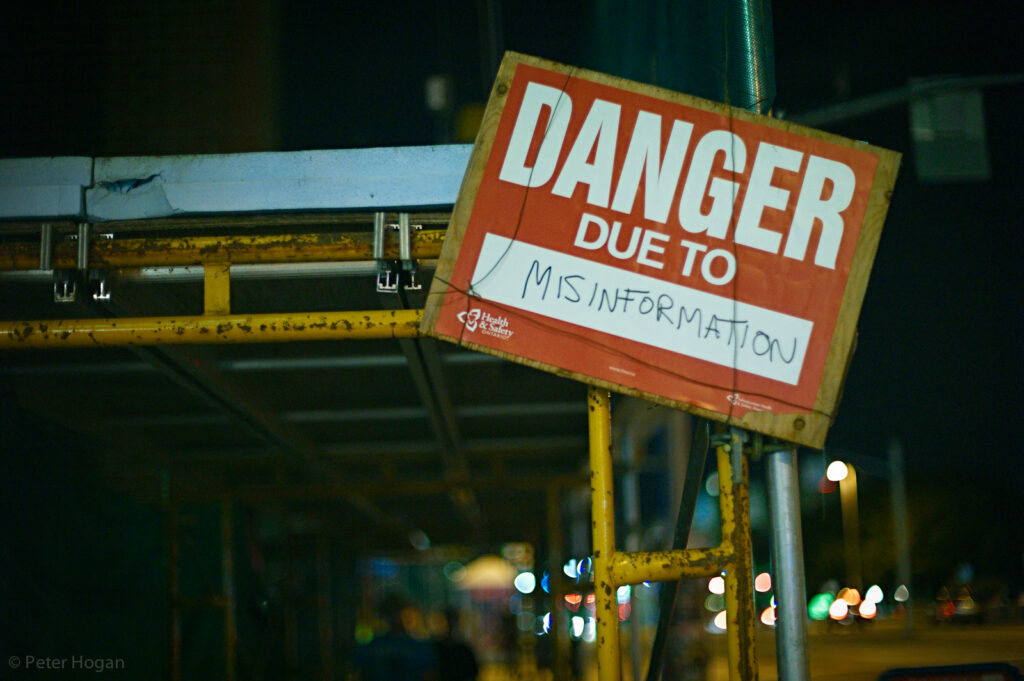(WEST HOLLYWOOD, Calif.) — In a digital age awash with a deluge of information, ensuring that you stand on solid ground when it comes to news consumption is paramount. The modern information landscape demands a reliable compass, and this essay aims to equip you with the tools to construct one.
Analyzing the objectivity and diversity of a news source is the first crucial step in determining its credibility. Trustworthy news organizations prioritize balanced reporting by presenting a spectrum of perspectives. In contrast, biased or polarized outlets often prioritize specific ideological groups, sometimes at the expense of objectivity. A case in point can be seen in outlets like Fox News and CNN, which are frequently cited for their political biases.
Transparency is another pivotal factor in gauging the reliability and trustworthiness of a newsroom. To ensure transparency, it is essential to have clear sourcing, proper citations, and the disclosure of potential conflicts of interest. News organizations that cite primary sources and attribute information to credible experts are the gold standard for reliability. For instance, the Associated Press excels in this regard, as demonstrated by its article, “Rescuers search for missing migrants off Sicilian beach after a shipwreck kills at least 5.” The AP conducted an interview with Coast Guard Captain Daniele Governale, providing his name and title for confirmation of credibility.
Conversely, outlets that consistently rely on anonymous sources or omit essential information should be approached with caution. TMZ is one such organization, exemplified by their article, “TRAVIS KELCE FAM THINKS T-SWIFT FRENZY IS … A LOT.” In this case, the reader is compelled to trust TMZ’s unnamed sources, raising concerns about the reliability of the information.
Verifying the reliability of news stories, especially when dealing with outlets like TMZ, necessitates cross-referencing information. Regular citizens can employ this strategy by consulting multiple sources to corroborate or challenge a specific claim. For example, during significant events like the COVID-19 pandemic, cross-referencing information from multiple reliable sources is imperative to ensure accuracy in reporting.
The final step in building your information compass is the active role of fact-checking. Fact-checking websites like FactCheck.org, PolitiFact, and Snopes meticulously scrutinize the accuracy of claims in news articles and public statements. These resources empower individuals to independently verify the validity of information presented in news articles or social media posts, contributing to a more informed public.
To achieve a comprehensive understanding of the credibility of a news source and the reliability of a news story, it is vital to employ a multifaceted approach. These tools should help you separate quality content from misleading information, enabling you to navigate the complex modern media and social media landscape with confidence.
In addition to these strategies, it’s essential to be aware of the various forms of misinformation, disinformation, fake news, and deepfake videos that can muddy the information waters. Understanding how these operate and being able to spot them is equally crucial.
Moreover, individuals must take proactive responsibility for discerning the truth in news. While these strategies are helpful, it is essential to acknowledge that the responsibility lies with each citizen to critically assess the information they encounter. Recognizing that biases exist, news organizations vary, and misinformation can spread rapidly is the first step toward a more informed and media-savvy society.


